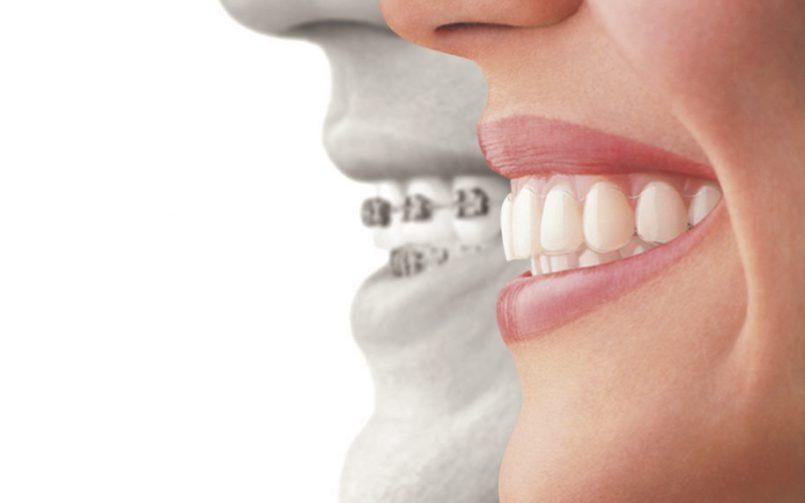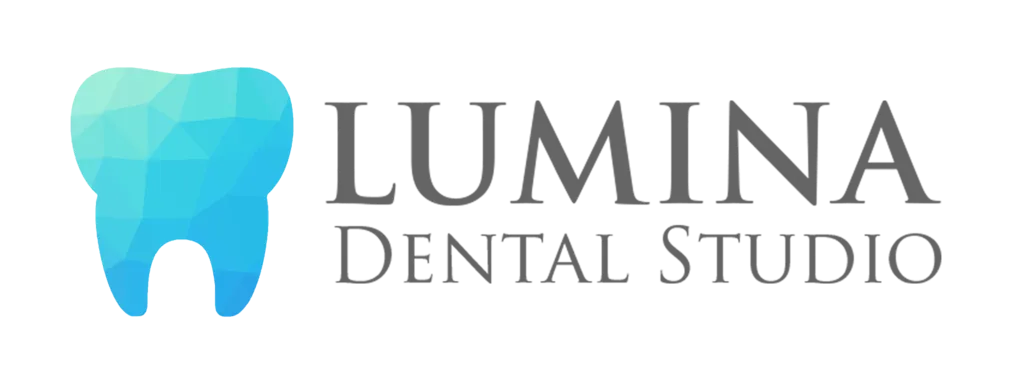
The fact that you are reading this article right now suggests that you are curious about improving your smile with braces and Invisalign. We know this is a common question because Dr. Emmy Le gets asked a version of this question on the regular. Perhaps, you’ve seen family members or friends undergoing either treatment and would like to know their similarities and differences. Maybe you had braces as a child or teen and you feel you need a retreatment! Either way, you have come to the right place!
Anyone considering straightening their teeth or their kid’s teeth is bound to have heard a bit about braces and or Invisalign from either their dentist or orthodontist. At our dental practice, we answer questions daily about both corrective procedures.
Patients usually want to know which procedure is more effective, more affordable, and which is right for them. Dr. Emmy, what’s your recommendation and why?
Braces vs. Invisalign: The Basics
Regardless of their varying design styles, both Invisalign and braces are designed to move your teeth into the desired position as well as improve your oral health and smile. While it can be said that Invisalign was a true, modern innovation in orthodontic treatment (as the use of Invisalign began in just 2000), braces have been around for much longer and have proven to be an effective reliable option.
Braces are metal brackets and wire that are attached to the outside of a patient’s teeth. It is possible to request tooth-colored ceramic brackets to blend in with the color of your enamel – thus making braces a little more discrete than they have been in the past.
Invisalign was designed as an invisible alternative to braces. The Invisalign treatment consists of a series of smooth, clear plastic aligner trays worn over the patient’s teeth
Prior to fabricating the aligner trays used in the Invisalign treatment, the dentist or orthodontist would use pictures, X-rays, and impressions to create an accurate 3D image of the patient’s teeth then configure the aligner trays to match the patient’s dentition.
Now that we are done with the basics, let’s help you decide between braces and Invisalign!
Braces vs. Invisalign: The Comparison
In the paragraphs above, we have established that both Invisalign and braces can help to straighten a patient’s teeth and give them a better smile. While this is true, both options still have their pros and cons. This chart below shows a detailed comparison between braces and Invisalign.
| Bracets are made of stainless steel, so they appear silver-colored or can be ceramic, tooth-colored. Colorful elastics can be used around the brackets if the patient chooses. | Color | Virtually invisible |
| Depending on the patient’s needs, braces are actively working all day/ night long for an average of 2 years. | Estimated Treatment time | Depending on patients needs, Invisalign can be worn between 22 to 24 hrs per day for 6 to 18 months. |
| Braces could cost between $2,000-$5,000, depending on severity of the case and treatment time | Estimated Cost | Invisalign could cost between $2000-$5,000, depending on the severity of the case and treatment time |
| Braces are fixed (non-removable) so plaque and food can trap easily. Special care is needed to brush and floss around the brackets. | Hygiene | Invisalign trays are removable so the teeth can be cleaned as normal. |
| Most dentists or orthodontists suggest monthly visits | Follow up visits | Aligner trays are changed at 1 or 2 week intervals; visits to the dentist are once in 4 to 6 weeks |
| ▪Better alternatives, treatment modalities for more complex dental issues ▪No need to remember to put trays back in after eating/ drinking (good for snackers) | Possible Benefits | ▪Are clear and invisible ▪Can be removed ▪Does not trap food within them ▪Ease of eating what you want ▪No discomfort from wires and brackets |
| ▪Patients may experience sores, pain, or discomfort from brackets, wires ▪High risk of cavities and inflammation in gums if hygiene not maintained ▪Patients may find it difficult to eat sticky foods or hard foods | Possible Challenges | ▪Has to be removed before patient eats or drinks anything that is not water ▪Aligners have to be brushed after every meal to avoid discoloration. |
